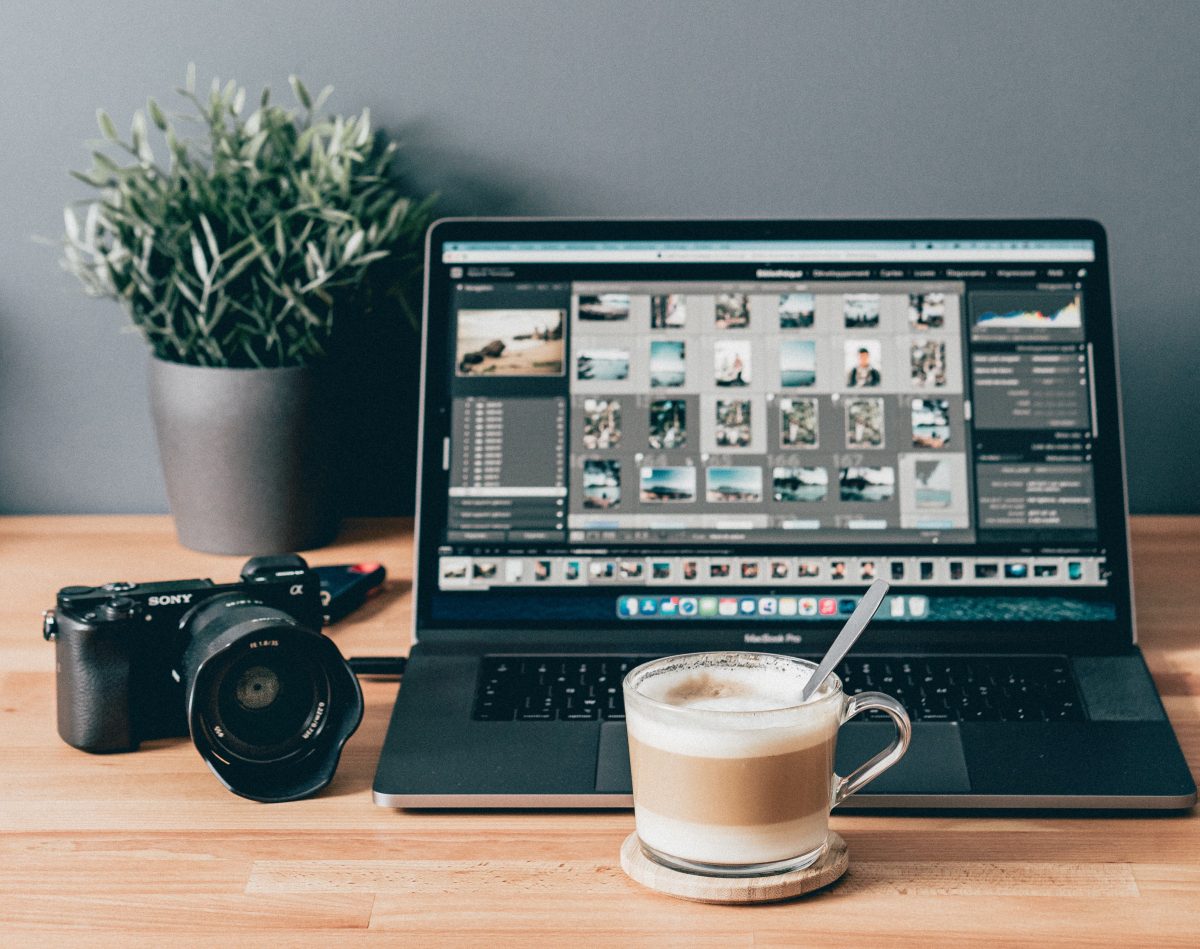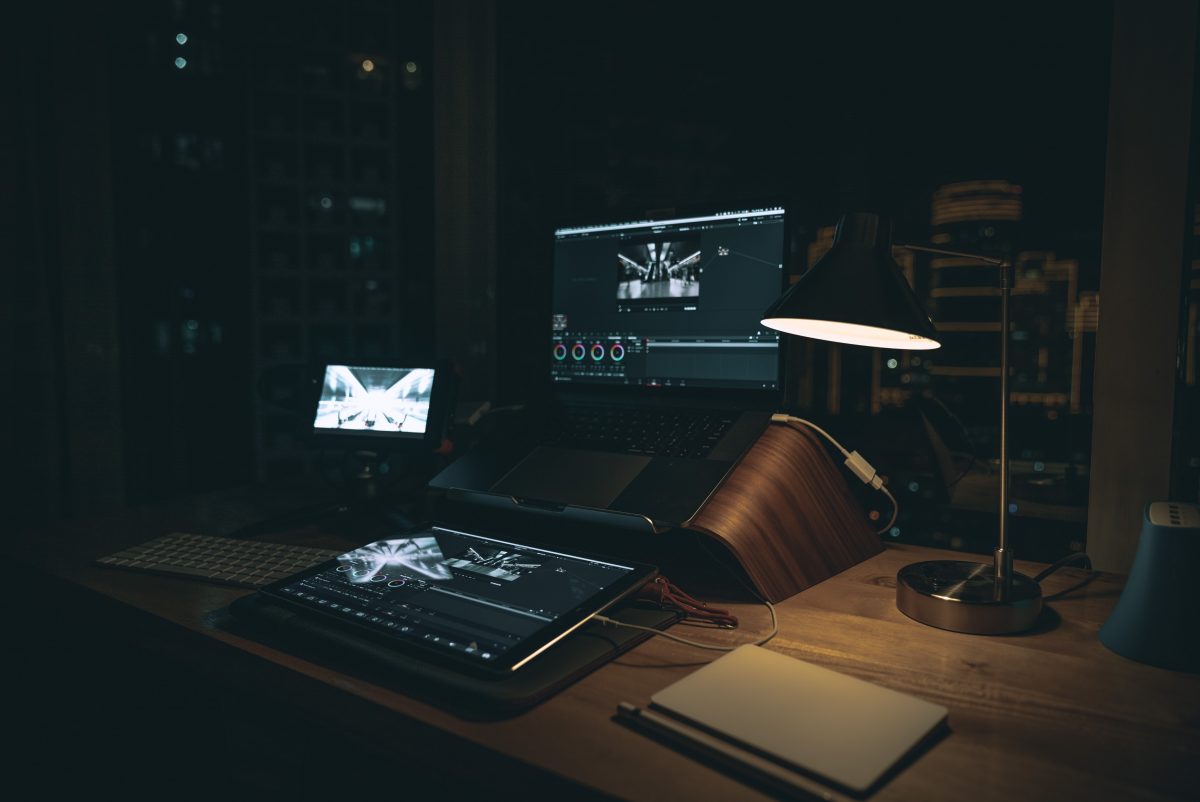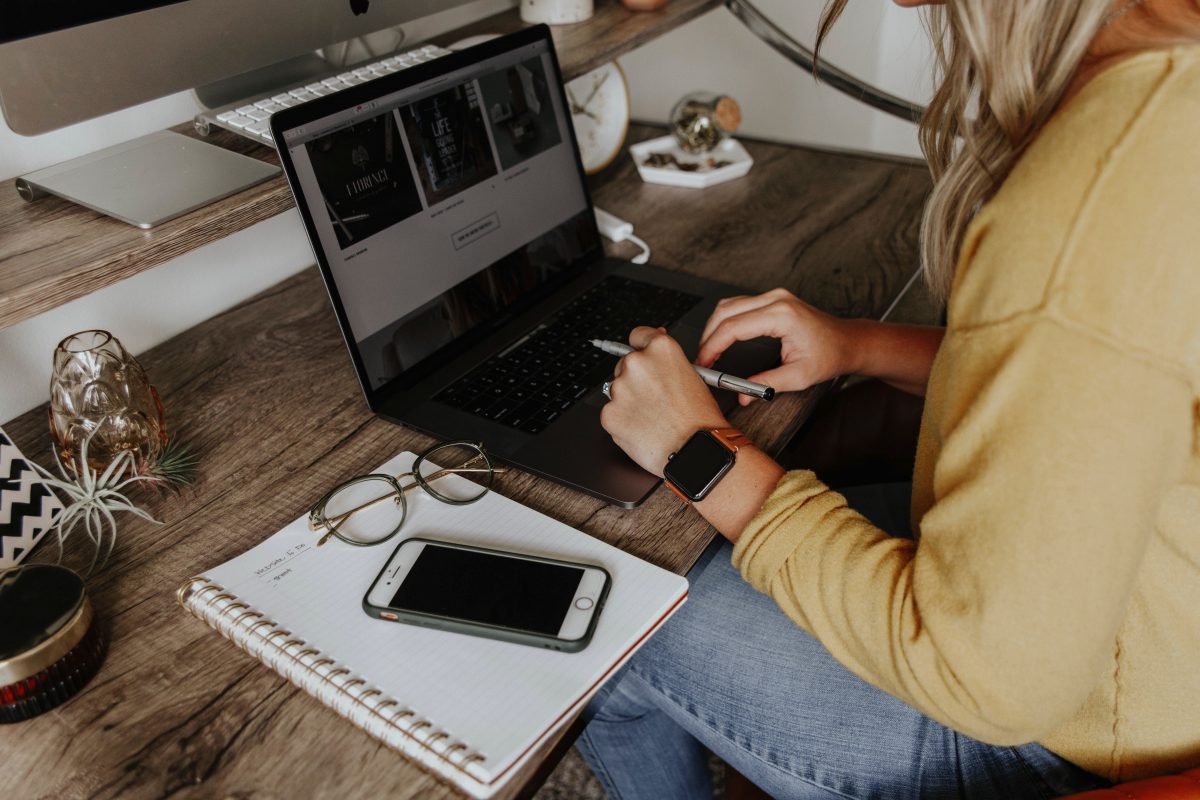One of the elements of On-Page SEO is optimising images on your website. Image optimisation consists of reducing the file size of an image and writing ALT text for it, in order to improve the performance of a website. This is important because larger, unoptimised images can significantly slow down a website’s loading time, which can lead to frustrated users and a higher bounce rate.
On the other hand, ALT text will help disabled users to read your website with special readers. Thus, both of these techniques of image optimisation should be regularly used while doing On-Page SEO.
In this blog post, we will talk about the best way of optimising your images to help you get started with On-Page SEO.
Want help with your Local SEO strategy?

There are a few ways of optimising images for the web. This includes using the correct file format, properly sizing images and compressing them to reduce their file size.
The most common image file formats are PNG, JPEG and GIF. PNG is a good choice for images with transparent backgrounds and simple graphics. JPEG is better for images that have a lot of colours. GIF is great for animations and simple graphics with a limited number of colours. Using the correct file format for each image will enable you to display the image correctly on a website.

The next important aspect of image optimisation is sizing images. This means ensuring that the dimensions of an image match the space that it will be displayed in on a website. For example, if the space has a width of 500 pixels, it wouldn’t be a good idea to upload an image that is much wider than this as it will take more space and cause the website to load long. By properly sizing images, you can improve the performance of your website.
Free website review

If you find that some of your image files are much bigger than they should be, a solution to this is compression. Compressing images will reduce the file size, which will also reduce the load speed of your website. This can be done through the use of image compression software, which reduces the amount of data in an image without significantly impacting its quality.
To sum up, image optimisation is an essential part of any website’s performance. By using the correct file format, properly sizing images, and compressing them, you can improve the user experience and reduce the risk of potential customers bouncing from your site.
Reach out to our agency for help
Our Image Optimisation Nottingham team has extensive knowledge of various SEO such as Local SEO, Technical SEO, and Organic SEO. Reach out to us if your business needs help. Our services include various Marketing Channels such as SEO, PPC, Email Marketing, Social Media Ads including Pinterest management, Facebook management and Instagram management.




